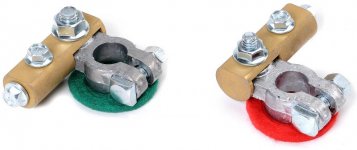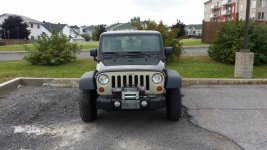When adding a winch, does one need to change/upgrade batteries, or go to a dual battery setup?
Other than a mount (or bumper) to put it on, and the vacuum relocation (if needed), what else needs to be added/done/considered?
I see a lot of guys with power switches in the cab for power and in/out. Is that something that needs to be done, or can the winch be left hooked up to battery power without a power switch? Or does it come with an in-line power switch?
And last, any reason not to buy a used Warn? Is warranty only good for original purchaser? Anything to watch for or that can be tested when the winch is not installed on a vehicle?
Thanks!
Other than a mount (or bumper) to put it on, and the vacuum relocation (if needed), what else needs to be added/done/considered?
I see a lot of guys with power switches in the cab for power and in/out. Is that something that needs to be done, or can the winch be left hooked up to battery power without a power switch? Or does it come with an in-line power switch?
And last, any reason not to buy a used Warn? Is warranty only good for original purchaser? Anything to watch for or that can be tested when the winch is not installed on a vehicle?
Thanks!


